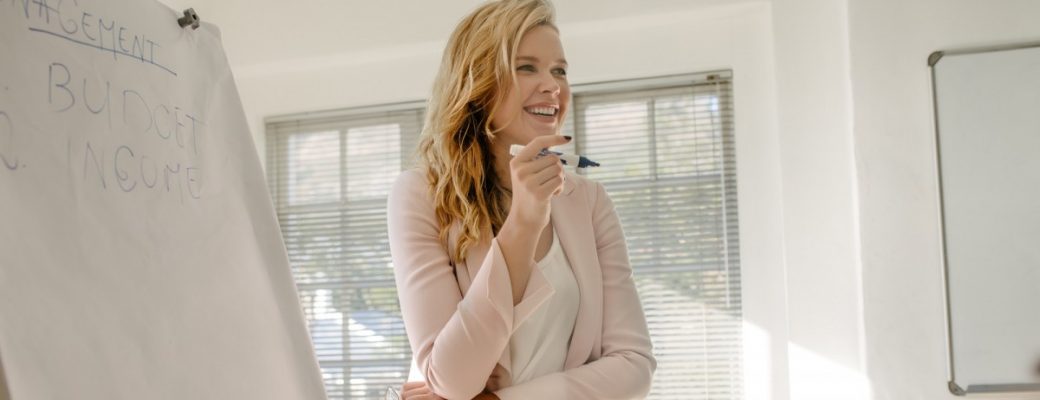In the spa industry, hiring the right employee always benefits owners By Brooke SmithFor employers, hiring a qualified employee can…
Head of the class – Part 8
Continuing education is important to keep the spa relevant and appealing
Riverstone Spa, Winnipeg
Two summers ago we launched the Opening a Spa series with the aim to prepare new spa owners for the challenges they face on the path to business ownership. In this, the eighth and final installment of Opening a Spa, we delve into education and training. In the everchanging spa industry, continuing to upgrade worker skills and increasing the breadth of employee service repertoires are essential to keep the spa competitive.
Smarten Up
The Internet has changed the way we learn and the way education is delivered. Spa professionals’ education, however, remains largely unaltered by the overwhelming convenience of online courses. ”A lot of people ask for online programs,” says Peter Muto, director of Looks Aesthetic Academy, a boutique aesthetics school in Mississauga, Ontario. But if you’re not hands-on and practical, and if you don’t have somebody with experience showing you and giving you feedback, you’re only half-learning something.”
First-hand learning, Muto says, is challenging enough. When it comes to learning spa techniques, online courses only compound problems with comprehension, according to educators and spas alike.
“We believe strongly that you can only learn to do nails in a hands-on environment,” says Erica Nieuwenhuis, general manager and educator at Bio Sculpture Canada Inc.
Bio Sculpture operates training facilities in British Columbia, Alberta, Ontario, and Quebec with regular, ongoing training and Continuing education is important to keep the spa relevant and appealing 8 Part Opening a Spa education programs. “In areas where we don’t have a training centre, we work with representatives who will rent conference facilities at regular intervals to host courses,” says Nieuwenhuis.
Online Serves Its Purpose
Make no mistake, spa owners and employees do benefit from the dissemination of information online. Employees can learn a litany of useful, theoretical information.
The International Pedicure Association offers webinars to help pedicurists identify bacteria, fungus, and other foot-related issues; best practices for senior and geriatric pedicures; and other business-oriented topics. Leading Spas of Canada provides monthly and bi-monthly webinars on business operation and marketing, topics that don’t require the same kind of hands-on training services do.
“Theory-wise, you can do a lot online for the spa,” says Melissa Hampson, owner and manager of Spa Ahava and Edgewater Spa in Saskatoon, Saskatchewan. “But (practical) training has to be hands-on with a human model for you to properly absorb what you’re doing and for you to reproduce it at the spa.”
At Winnipeg’s Riverstone Spa, spa director Janice Colatruglio developed an approach that minimizes downtime caused by attending webinars. “Often my staff won’t sit down to watch a webinar,” she says. “We’re a spa of 35 staff, so my educators and I will participate in a webinar in my office and we can disseminate that information at our regular team meetings.”
Getting Dirty
Effective education for spa workers involves practical experience— getting their hands dirty. Many spas bring an educator on-site to do one-on-one or small group training sessions. “We try to do everything on site,” says Colatruglio.
Spa owners often prefer after-hours training sessions, avoiding disruption of daily routines and appointments. Another training option is sending workers off-site. Schools with experienced educators provide a simulated spa environment in which to hone new skills.
Looks Aesthetic Academy, for example, provides an aesthetics diploma course for students new to the industry. The school also offers advanced courses for spa employees to further their training and help the spa offer more services.
Medical spas require nurses with specialized spa-industry training. Muto’s school offers advanced programs in medical aesthetics and laser technician certification. “Often doctors in the medi-spa are too busy to be doing laser hair removal and chemical peels, but these services are essential for a spa in that area,” says Muto. “So a nurse, with the right training, can handle these valuable treatments.”
Advanced courses run from $1,000 to $2,000 and require 40 hours of training or more in an on-site mock-spa environment. “But if the spa pays for this training for employees, they quickly make most of the money back,” says Muto.
Other Options
“In our area, unfortunately, there aren’t many educators who bring their services to the spa, and staff doesn’t have time to go off-site for training. It’s also hard for me to close the business down to send staff for training,” says Hampson. “So I travel to a lot of shows to get training myself and bring it back to the spa.”
Recently, Hampson added shellac to the service menu at Ahava and Edgewater. “I just went to a big trade show in Vancouver and at the show I took a bunch of classes where I was trained,” she says. “I came back to the spa and passed that training on to my staff. Now we have the service on our menu.”
Trade shows are an invaluable source of training for staff and managers. Keynote speakers are a great source of education on current trends and training sessions are important for the hands-on experience. Just be sure you and your attending staff stay on track. “The key is making sure the people who go to trade shows get the most out of education,” says Colatruglio.
Look at the show schedule beforehand and set out a plan of attack to get the most out of it. Often, trainers will offer several sessions on the same topic over the course of a show. If two sessions you and your staff are interested in conflict, look further along the schedule to find a suitable replacement time.
“You have to work to be sure your staff stay on track,” says Colatruglio. Although trade shows are a social experience, getting caught up in the social aspect takes away from valuable education opportunities.
Retraining
Retraining is a polarizing issue in the spa industry. “We recommend nail techs certified with us take a refresher course at least every other year,” says Nieuwenhuis. “This will help iron out the bad habits that have formed over the months and years.”
Spa workers, Nieuwenhuis argues, fall into routines and begin to cut corners. “All of a sudden things aren’t working so well anymore,” she says. “We often get phone calls in which we talk aestheticians through the process as an informal kind of refresher and they will say ‘Oh yes, that’s how I was trained originally but I stopped taking that step.’”
Hampson discourages retraining. “I don’t feel that there needs to be retraining,” she says. “That’s why I bring in new treatments and services all the time.” In the spa industry, a new trend is always a season away. Hampson believes a better allocation of resources is adopting the new trend to update worker skills. “In four years I’m not going to teach you how to do a pedicure again,” says Hampson. “As an owner, it’s up to me to make sure the staff and clientele aren’t getting bored. Even if it’s just adding different scents or products, it’s fun to have new services.”
It’s up to spa owners to determine whether employees require retraining on any of the services. “All areas of training are important, you can’t avoid continuing education,” says Colatruglio. “This industry changes so quickly, you’re constantly educating and revamping and reorganizing. Whatever training or education you need, you have to get it however you can.”




